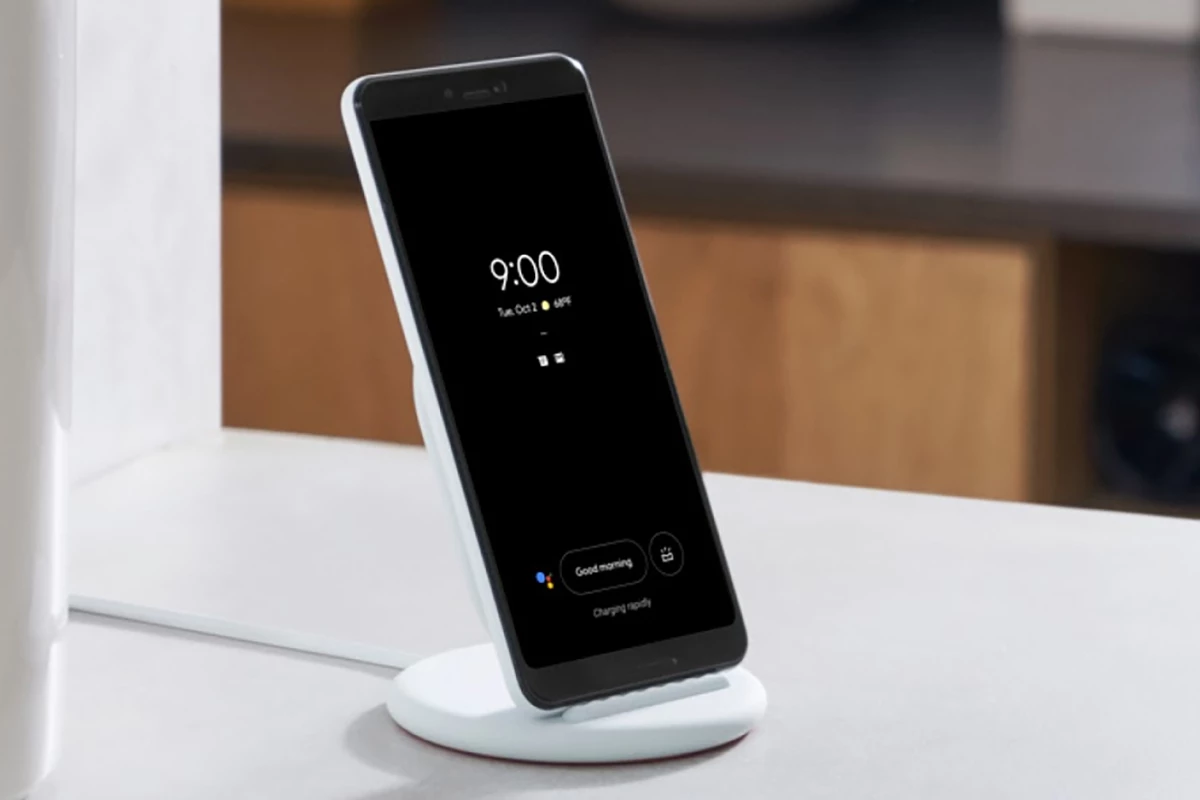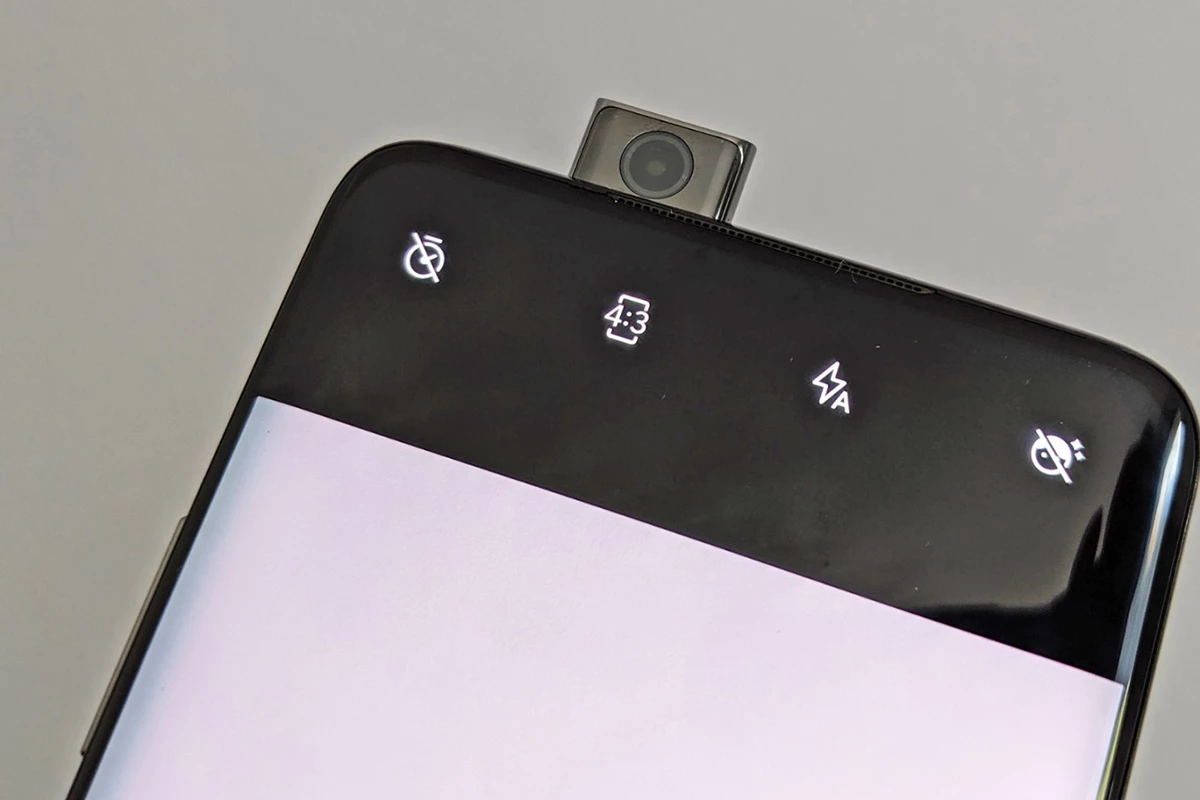It's clear that 2019 was a big year for smartphones, and it doesn't look like the pace is going to slow down much in 2020 either: you can expect the usual glut of handsets from the likes of Apple, Samsung, Google and the rest. Somewhere among those phones coming down the pipe in 2020, we hope these improvements are included.
We've picked out phone features in particular here, but of course the list could go on and on – better cameras, faster speeds, sharper displays. In this particular list we've focused on areas where we think improvements are most needed, and left out some of the areas where phone makers are already doing rather well (like low light photography).
We're also interested in what you've got to say: what particular upgrades and new features do you want to see on your 2020 smartphone? Let us know your thoughts in the comments and join in the discussion.
More affordable pricing

The prices of top-end phones keeps going up and up – starting prices of US$799 for the lowest spec Pixel 4, $999 for the lowest spec iPhone 11 Pro, and $1,099 for the lowest space Samsung Galaxy Note 10 Plus. To get the very best these days, you need to spend four-figure sums or very close to them.
Some phone buyers will always be happy to pay the top prices for the best phones of course, and it's fair to say the handsets we've mentioned are very well designed, super powerful, and built from the very best materials – you could almost say they're good value for money, as expensive as they are.
To be fair we should also acknowledge that Apple and Samsung make more affordable versions of their main flagships now, so there are more options than there have been in the past. Google also makes the Pixel 3a (and presumably will launch the Pixel 4a in 2020) – we'd like to see more competitively priced handsets like this, with slightly inferior specs but some standout features (like the Pixel camera) as well.
All that said, we do wonder if manufacturers could trim back on the prices of their very top-end phones, even if it means a cut in terms of storage or processor speed. The most expensive handsets that hit the market in 2019 were capable of speeding through every task and then some, so it feels as though there are more compromises that could be made to pull down prices further – or at least offer a broader range of price points.
Better battery life

Kudos to Apple, which managed to add several hours of battery life to the 2019 iPhones – let's hope other manufacturers are paying attention in 2020. No one minds a slightly thicker phone if it means extended battery life and more time between charges.
It feels as though the majority of phones have been stuck on a day of use from each battery charge for a long time now. In part that's down to the limitations of lithium-ion technology, but it's also because device makers like to keep their handsets as thin and light as possible, at the expense of everything else.
That standard is fine as long as you can charge up your smartphone every night, but if you forget, or you're away camping, or you lose your charger, you can quickly be in trouble. The situation tends to get worse as phones get older, with average battery life often dropping quite drastically after a year or two.
We've seen a few phones with less-than-stellar battery life in 2019, but we're hoping that in 2020 the big manufacturers cut corners elsewhere – a few pixels of display resolution, a few fractions of an inch in thickness – and make sure a bigger battery is a priority in every phone they make.
Even smarter software

Google Assistant, Siri and Alexa continue to get smarter and smarter over time – though Amazon's digital assistant hasn't made it to phones in the same way as the apps from Google and Apple have – and it feels like these tools and the artificial intelligence on our phones are actually starting to get really useful.
We're now seeing Google Assistant and Siri screen robocalls and spam calls, for example, and the latest Pixel 4 handsets come with an AI-enhanced Recorder app that can transcribe spoken audio into text in real time. These are genuinely helpful features rather than gimmicks.
We think there's plenty more to come though – phones should be better than they are at realizing what app we want to use next (games at lunchtime, the alarm app at bedtime), and at using context cues (such as location) to figure out what phone functions are going to be most useful for us at any given moment.
The next real upgrade in phones could well be on the software rather than the hardware side: mobile operating systems that learn our habits and our preferences, cutting down the time we spend scrolling and swiping to bring up the apps and the information we need right away.
Genuinely innovative features

The feature-set of the modern day smartphone has plateaued to a certain extent – they all take photos, make calls, and run apps. Many of them are waterproof, and dustproof, and charge wirelessly. They almost all look very similar, save for a pop-up selfie camera or two in the crowd.
We're hoping that 2020 sees some genuine innovation in terms of what our smartphones can offer us, though it's easier said than done: if we had all the answers to what that looks like, we'd be working in the research and development labs at the big manufacturers.
We do like the Motion Sense features that come built into the Pixel 4 – miniature radar means you can control apps with a swipe through the air. The same tech also quietens down alarms as you reach your hand towards your phone, and makes the lock screen display visible when it senses you're looking at the device.
These sort of features make phones more intuitive and easier to use, and we're hoping to see plenty more of them in 2020. Better on-board sensors for tracking activities and even mood, perhaps, or phones that are smart enough to open up the camera and take a picture even as you're lifting up the handset.
Foldables that work

2019 was something of a false dawn as far as foldables are concerned – both the Samsung Galaxy Fold and the Huawei Mate X were announced and were supposed to go on sale, but neither made it to market in significant numbers. It turns out making a folding phone is as hard as you would expect it to be.
2020 could be substantially different as the technology and manufacturing processes improve. We've already been given a teaser of what next year has in store in foldables in the form of the revamped Motorola Razr, and Samsung is rumored to be working on another folding handset with the same form factor.
Let's hope the big names do a better job of folding phones this time around, because these new designs offer a move away from the traditional form factors that we've lived with for so long – it's about time that there was more choice in terms of smartphone design beyond a simple slab of glass and metal.
Folding phones may well offer that choice, and software and apps to match. By the time we get round to doing our smartphone preview for 2021, we'd like to see foldables well established as a viable and reliable part of the mobile market.



